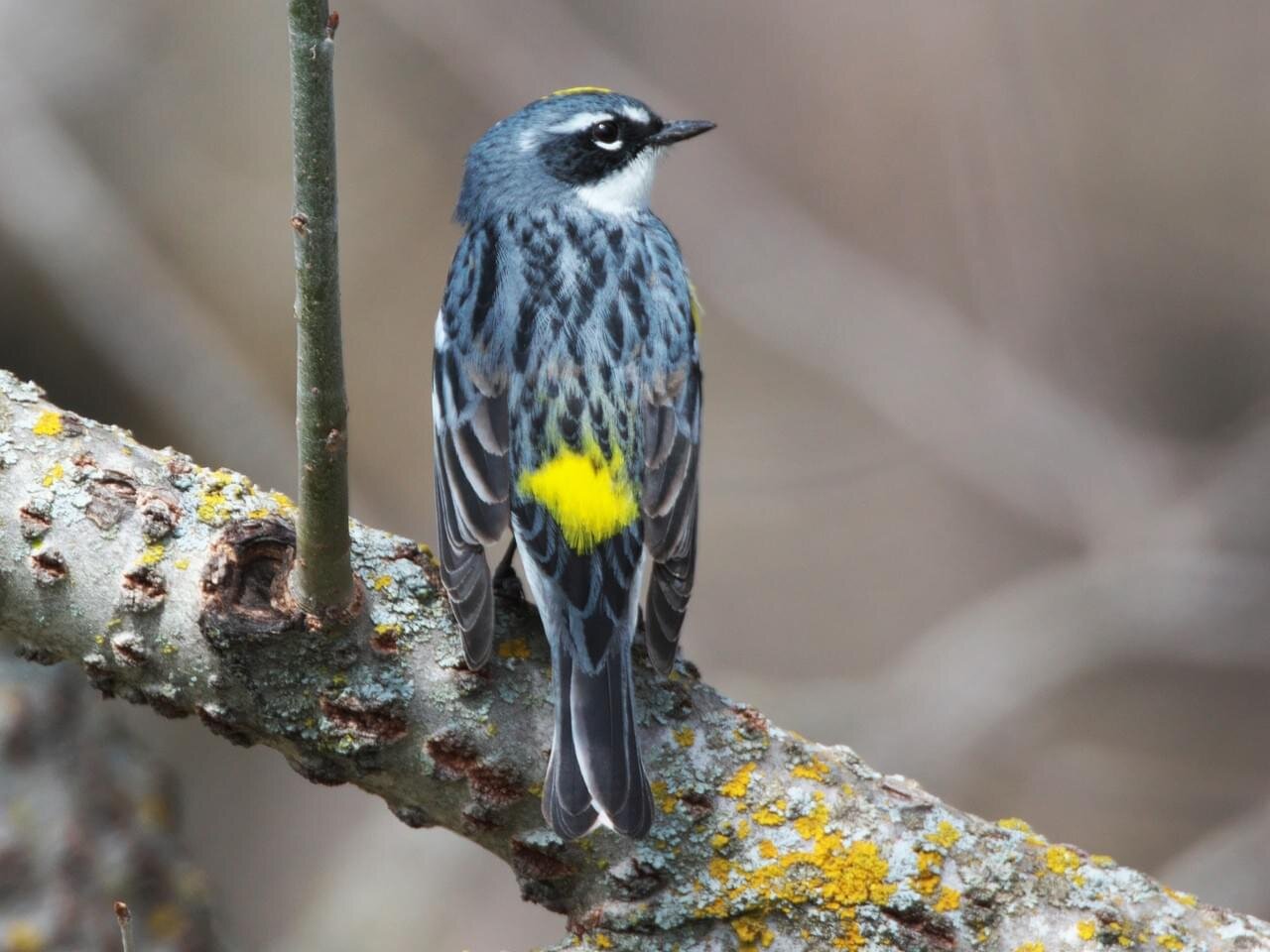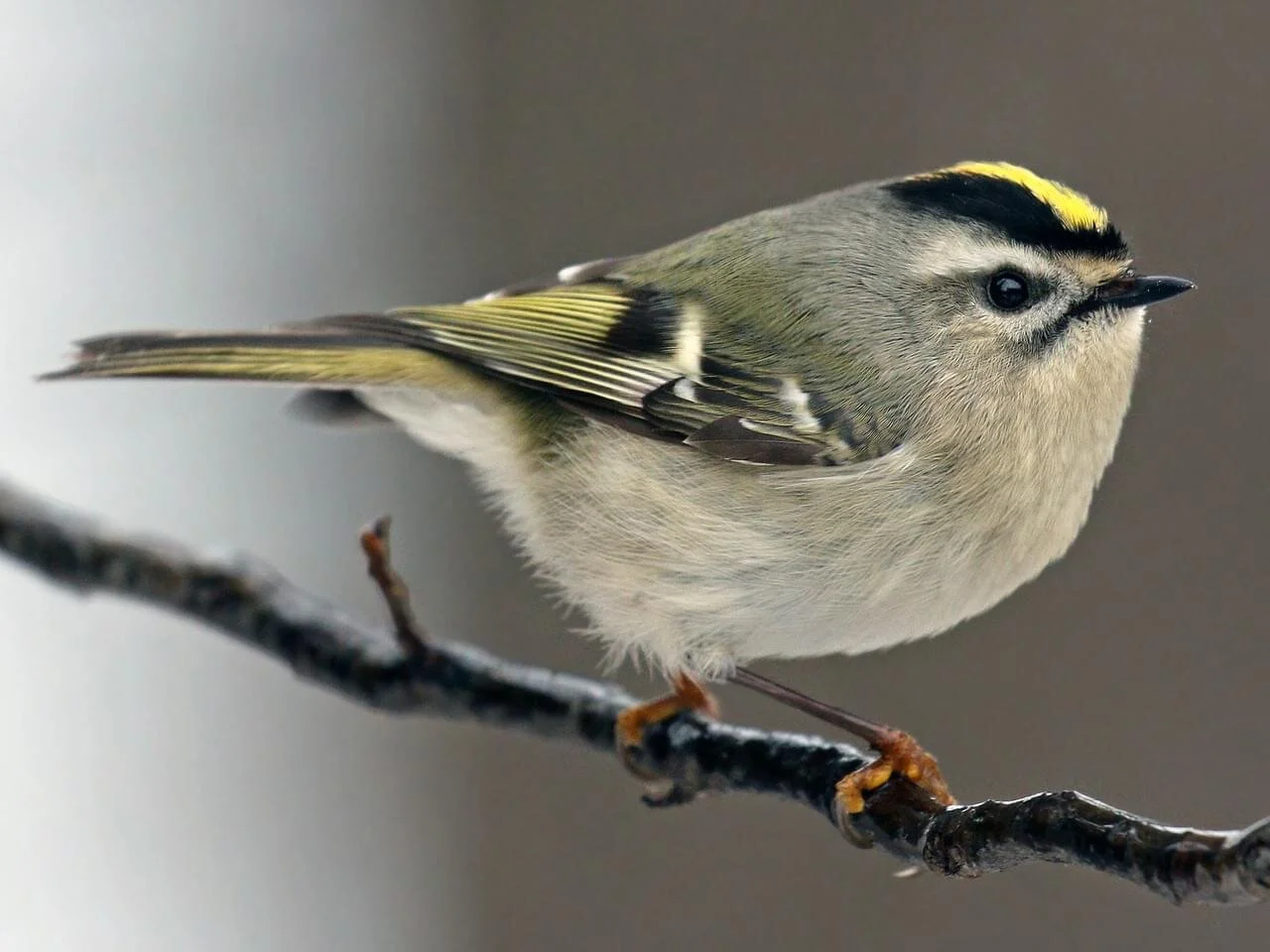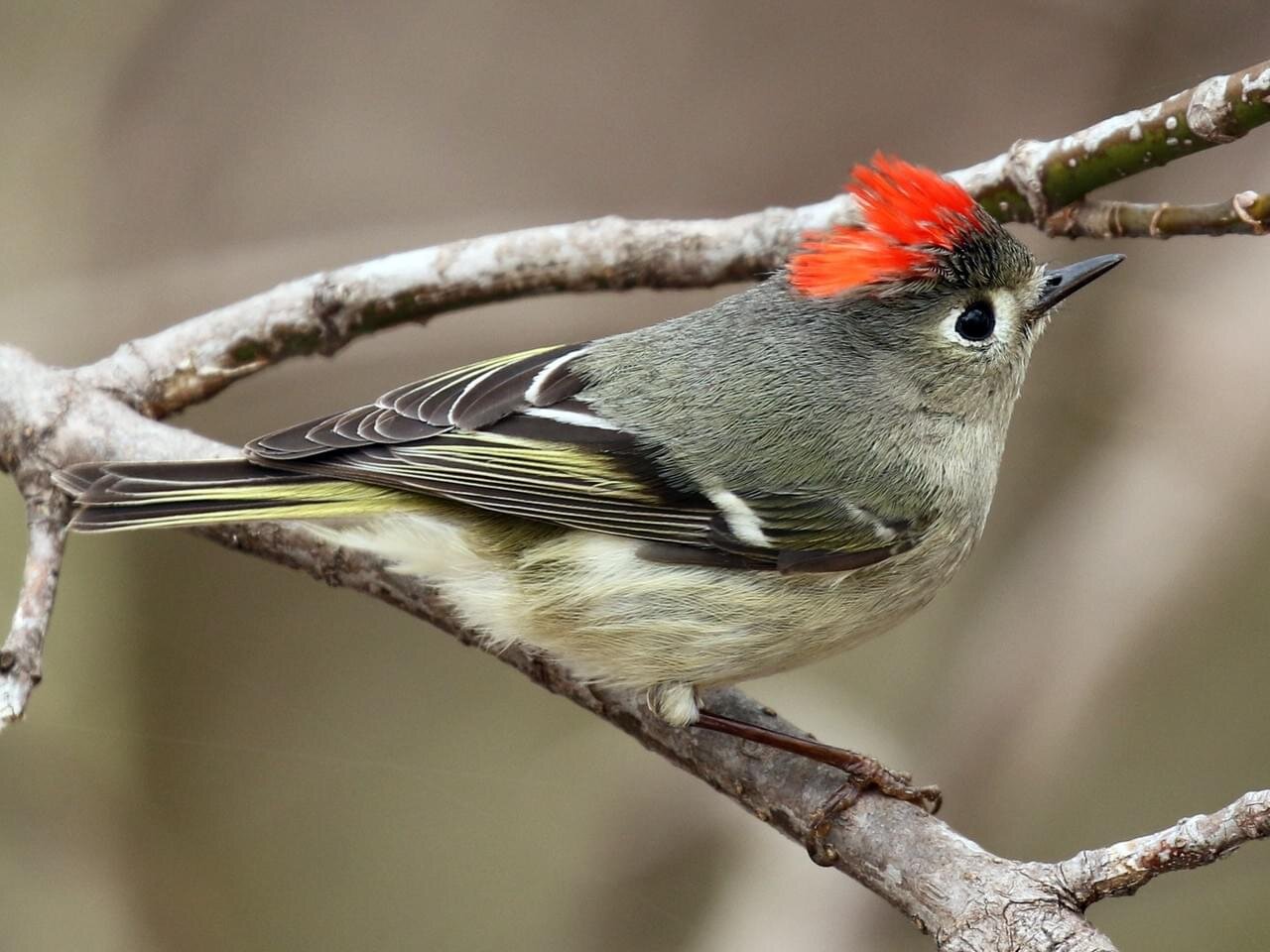Brown Creepers and other Winter Migrants
This morning I had the pleasure of spotting one of my favorite birds of winter, the Brown Creeper. It is not a rare bird but is considered an uncommon winter resident statewide from October to April. It is an elusive bird for the backyard birder due to its camouflage plumage and habit of traveling on the trunks of trees. Every fall and winter I catch a few glimpses of a Brown Creeper heading up the trunk of a tree as it searches for insects in the bark. This is the only species we have that only goes up a tree and never down. It has a unique way of foraging for food by creeping up a tree and then fluttering down to the base of another tree climbing up in a spiral or zig zag path. It’s very interesting to watch. Brown Creepers are quite small, about 5” in length, and quite well camouflaged. They are brown above and whitish below, with a slender de-curved (downward curve) bill. Like a Carolina Wren they have a prominent white eye stripe.
Brown Creepers are primarily insect eaters but suet is its preferred food at feeders. As always we suggest watching your suet feeder a little more closely this time of year as many more unusual birds are seen at suet feeders. Birds seen at local suet feeders the last few winters include; Orange-crowned, Pine, and Yellow-rumped Warbler, Baltimore Oriole, and Western Tanager












